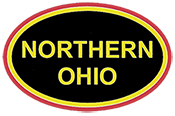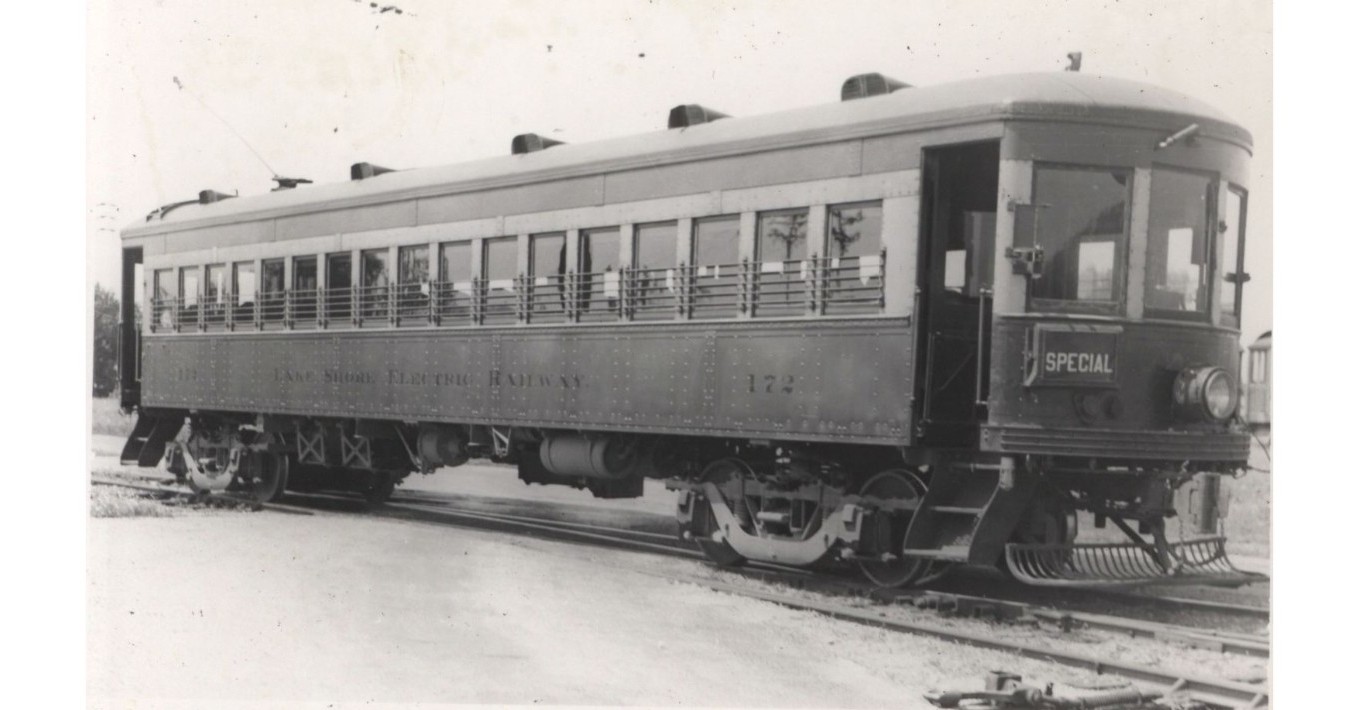Because of the high cost of building electric railways, the promotors followed steam railroad practice, selling stock, which made the purchasers joint owners of the business and entitling them to a say in how it was run. People purchased the stock so as to share in the expected profits. However, because sale of stock diluted the control the promotors had over their project, they limited the amount of stock they sold.
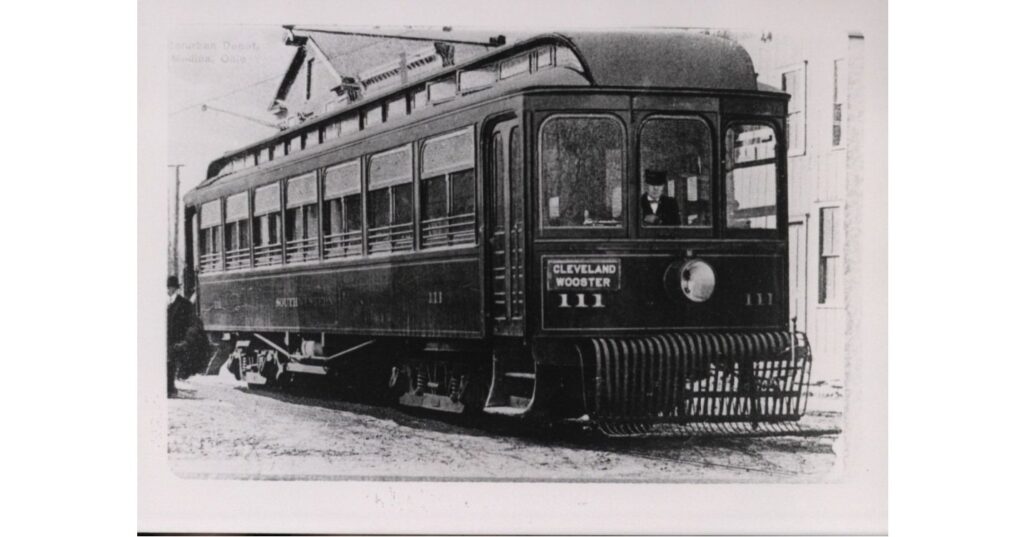
Typically, the amount of stock sold didn’t raise enough to cover all of the costs and so, to raise additional funds, the promotors sold bonds, which amounted to loans to the business. Bond purchasers didn’t get to say how the business was to be run but, as lenders to the business, they did get first claim not only on profits but on the value of the line itself, up to the amount of the loan plus interest. Both stock holders and bond holders committed their money based on what they believed would be the profitability of the line. If the line did well, the stock holders got their profits, the bond holders got their money back with interest, and everybody was happy.
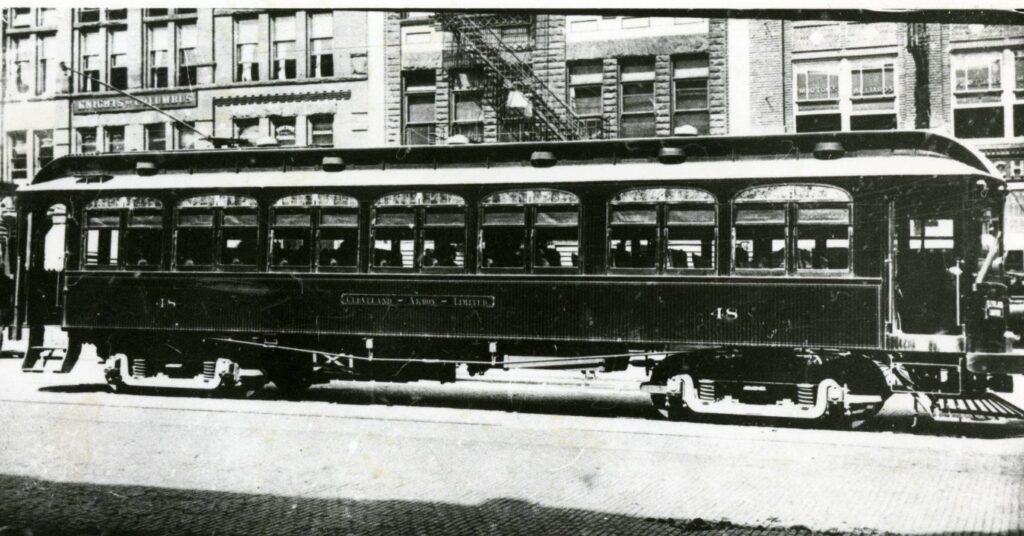
However, things often didn’t go so smoothly. At the time when most electric lines were proposed, there was a widespread, almost euphoric belief in the potential of electric railways to be highly profitable. Thus, many people invested with expectations of profitability that couldn’t be met. Had it just been a matter of stockholders, they still would have had their investment, even if not as remunerative as they had hoped. But, when bonds were sold, lines which had raised money and, thus, taken on obligations beyond what they could meet, might find themselves forced into bankruptcy and taken over by the bond holders. Such lines were said to have been “overcapitalized.”
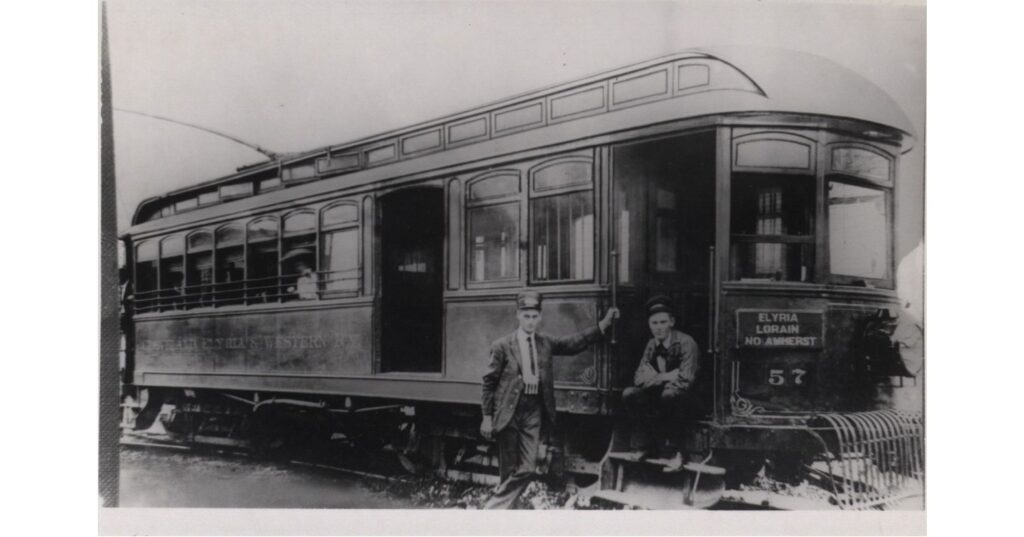
Some of those lines, all pictures Columbus Metropolitan Library: 1) LSE#172 in Sandusky, 2) CSW #111, Medina, 3) NOT&L #48 in Akron & 4) Cleveland, Elyria & Western #57.
Further information can be found in Hambley, S.D. (2025). “The Pioneer Route & Electric Railways of Northeast Ohio,” obtainable through the NORM store.
